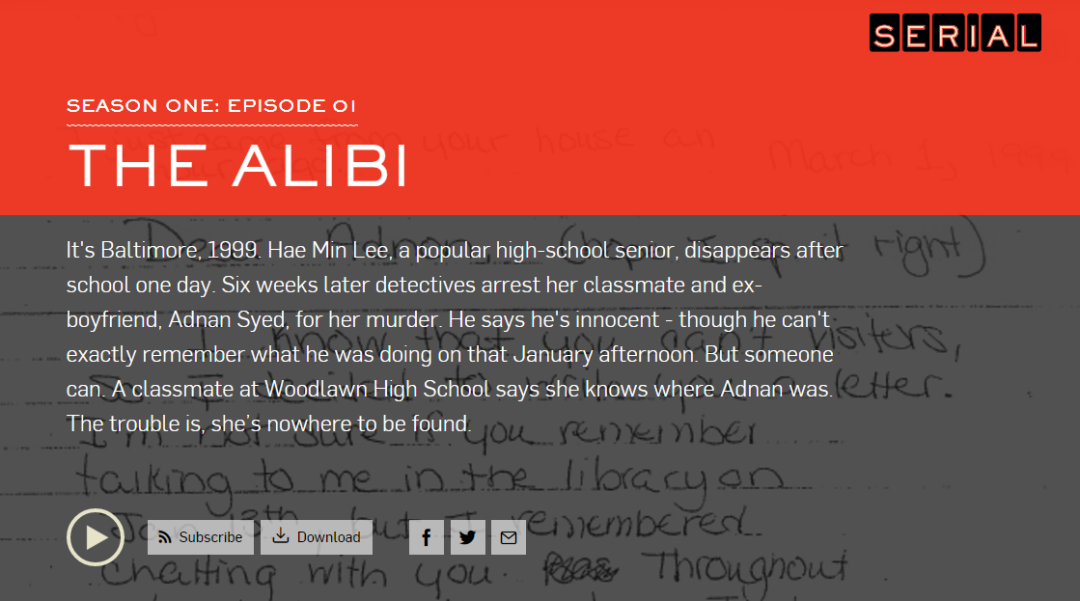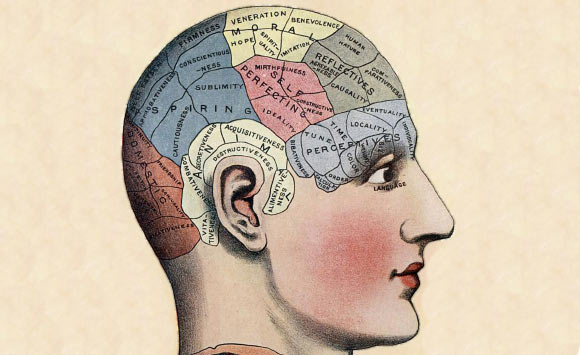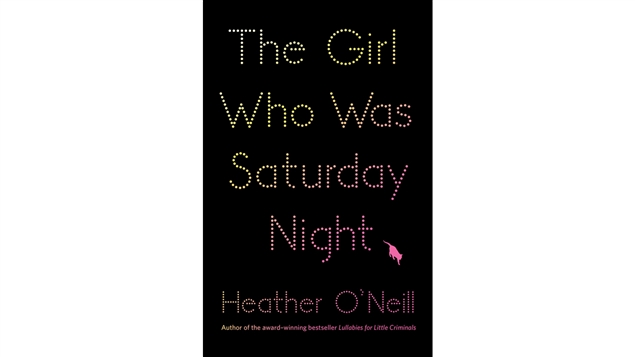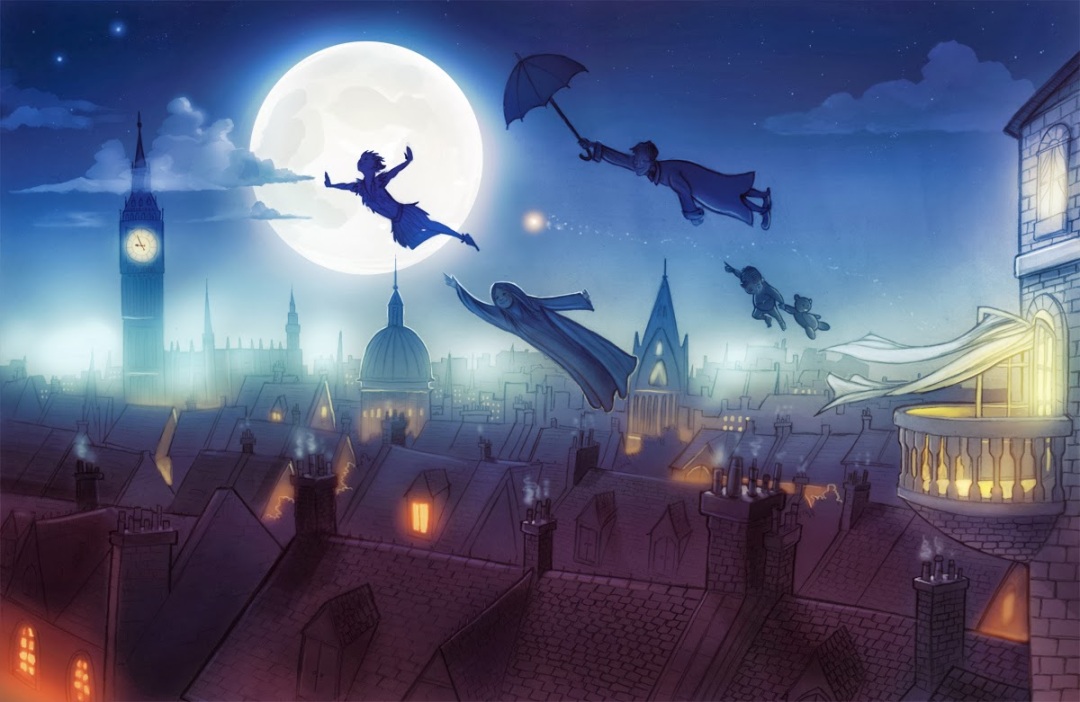
The Serial Podcast: An audio investigation of a man named Adnan Syed who murdered his girlfriend in high school. Narrator Sarah Koenig takes a closer look at Adnan’s case, over a decade after his conviction.

In this investigation, there are two possibilities: Adnan is innocent, or he is guilty. At the beginning of the podcast, Adnan has been in prison for fifteen years, under the assumption that he is guilty of murdering Hae Min Lee. As the podcast progresses, the listener learns more about the characters, their relationship with one another, and their motives. Adnan is not the only murder suspect, and it’s very possible that the jury ruled incorrectly back in 1999.
After listening to the podcast and doing some of my own research, I believe that Adnan is innocent.
First of all, Jay Wilds, a former friend of Adnan, stated that he helped Adnan bury Hae in Leakin Park approximately four and a half hours after Adnan strangled her. This doesn’t add up, because “Several medical experts … said Hae’s lividity indicates that she was placed face down and stretched out soon after her death and remained in that position for at least eight to 12 hours before being buried” (Everett).
That isn’t the only forensic evidence pointing to Adnan’s innocence. Jay also specified that Adnan’s car was used in the process of burying Hae in Leakin Park, however there are no traces of soil from Leakin Lark anywhere on or in Adnan’s car (Herbst).

There is also a suspicious lack of DNA evidence in the case. According to attorney Rabia Chaudry, the police DID gather DNA swabs from Hae’s body, but never got them tested. This is extremely odd, and “Chaudry suspects they didn’t do this and other DNA testing because the results would show Syed had no involvement with Lee’s murder” (Herbst).
Jay’s story not only had inconsistencies with the facts, but when he was interviewed for podcast Undisclosed (which was co-hosted by Rabia and also documented Adnan’s case), there were suspicions that his answers were being guided. Entertainment Weekly author Everett writes: “Several times during the meetings, Wilds seems to transpose events in his narrative or pause for significant periods of time. It is during these moments when a tapping sound is heard and Wilds then corrects his statement or suddenly remembers an answer, followed by an apology to the detectives. “There’s a ‘tap tap,’ and then Jay says, ‘Oh, okay’,” Simpson explains in one episode. “And suddenly a moment later — he knows the answer.” According to Undisclosed, the tapping infers that the detectives were doing so in an attempt to guide Wilds to what they believed to be the correct answer.”

Another piece of evidence is the cell phone pings. The calls on Adnan’s phone were used to put a time stamp and location on Adnan. This was originally used against Adnan in court, but was later found to be unreliable. Both calls on Adnan’s phone were incoming calls, and due to an AT&T glitch, incoming calls would ping the cell tower closest to the caller, not the receiver (Everett, McDonell-Parry).
Finally, what I consider the most important point in the case for Adnan’s innocence: alibi witness, Asia McClain. Asia “testified at his 2016 post-conviction hearing that she was in the library with Syed after school during the time prosecutors said he killed Lee at 2:36 p.m” (Herbst). Soon after he was arrested, Asia sent letters to Adnan reminding him of their interaction, however Adnan’s defense lawyer from the original trial chose not to contact Asia, and she did not testify until Rabia called her, sixteen years later.
Together, these pieces of evidence build a strong case around Adnan’s innocence.








